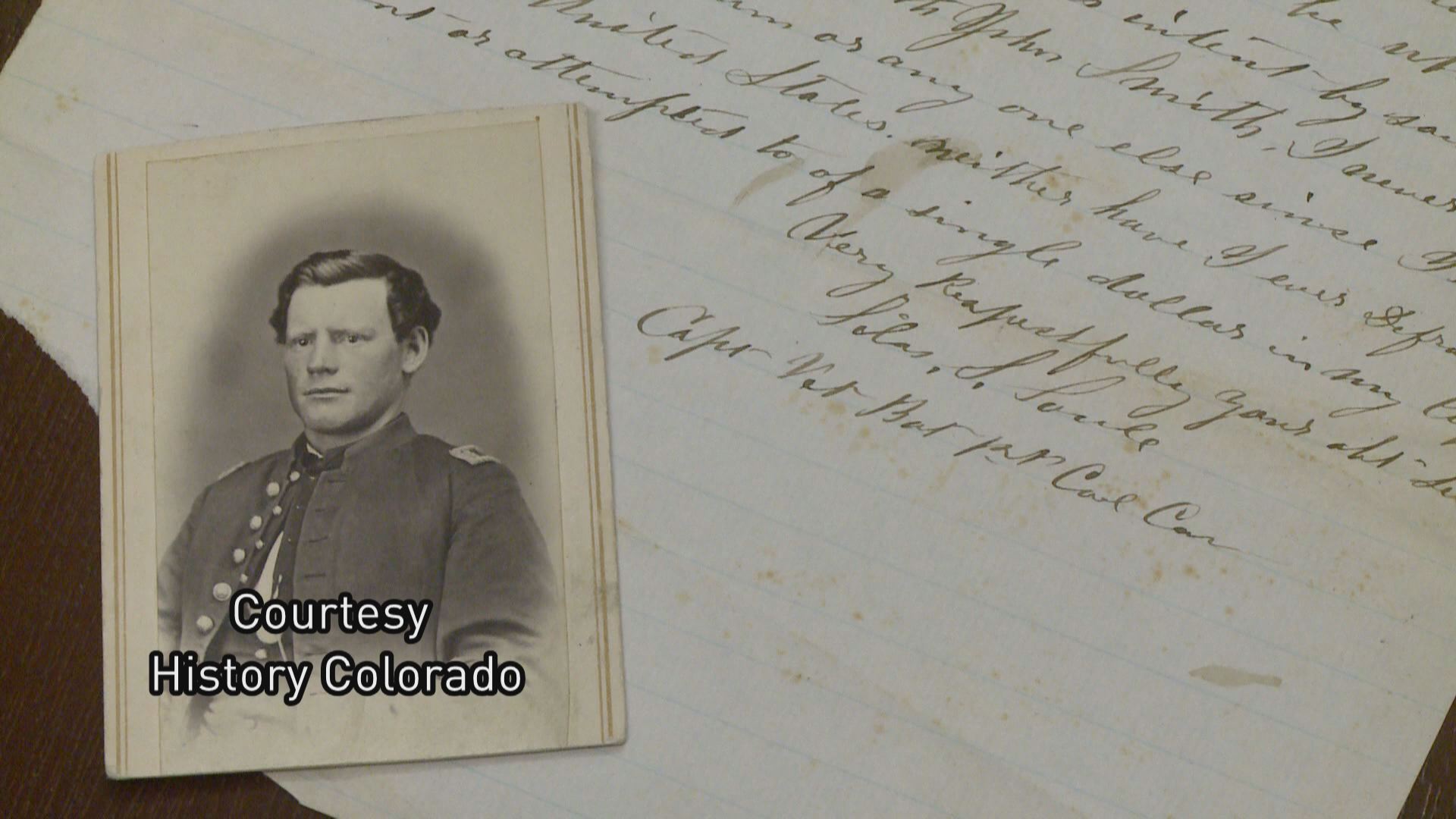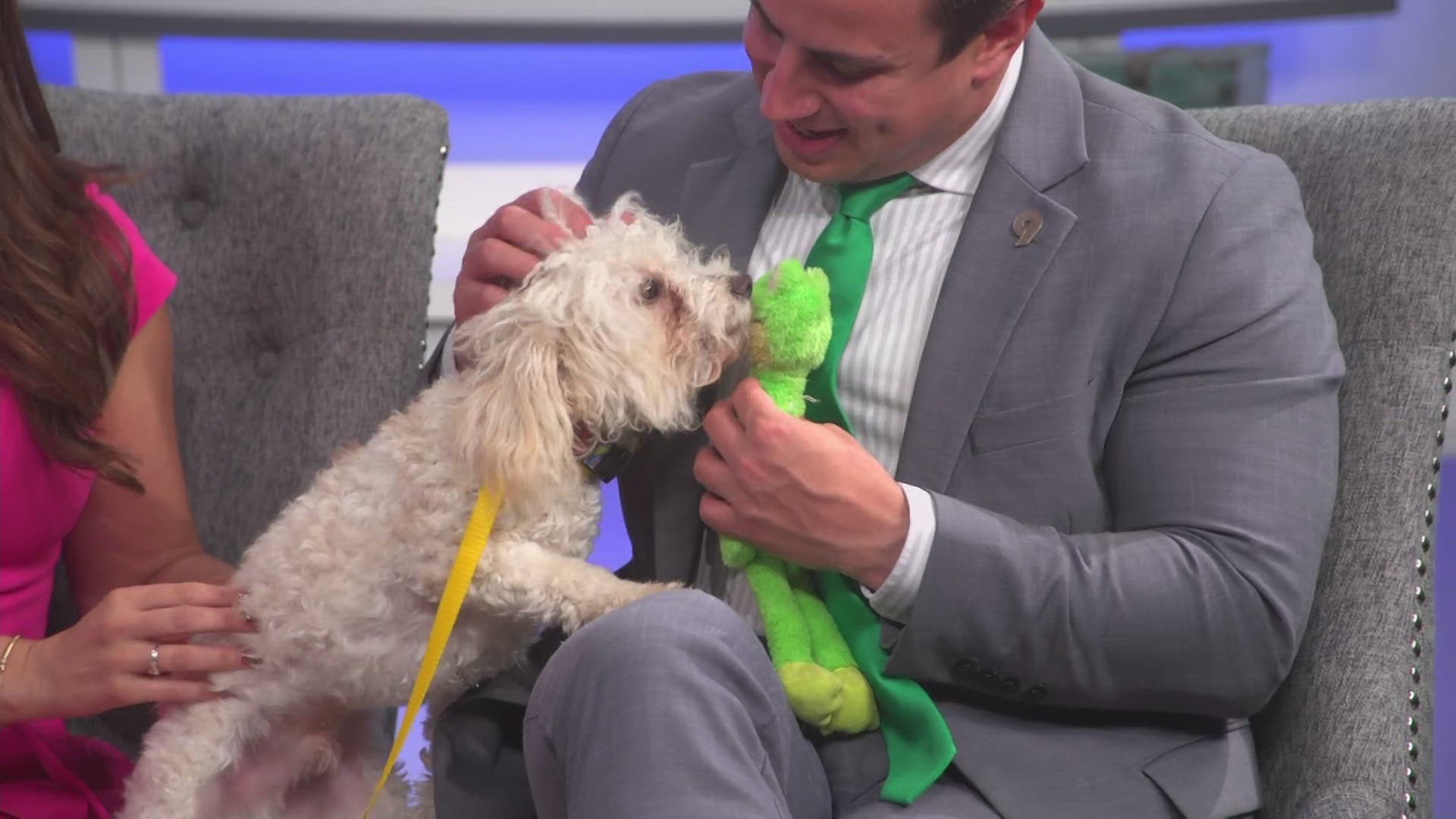KUSA- It's a massacre that echoes across time.
As we approach the 150th anniversary of the Sand Creek Massacre this month, the University of Denver is taking a closer look at the role its founder had in that bloodshed: Colorado territorial Governor John Evans.
Their conclusion: Evans had a major role in what happened and is culpable for the massacre, both in his role as territorial governor and as then-superintendent of Indian Affairs.
"That means that the decisions he made as Governor, and as Superintendent, had a huge impact on what was happening between settlers and Native Americans in the territory at the time," said Nancy Wadsworth, DU associate professor of Political Science and one of the members of the committee who authored the report.
On Nov. 29, 1864, 700 federal soldiers slaughtered more than 160 Native Americans, many of them women and children, in in Kiowa County, on the Eastern Plains. The Native Americans were there because they were seeking a peace treaty from the government.
"That peace offering had been rejected, but the tribes had been put under the command of these military officials, who the tribes were told were told would protect them until an agreement could be reached," Wadsworth said. "So, they were under the protection of the American flag."
Col. John Chivington and a group of volunteer soldiers carried out the massacre. It was fueled by mounting tensions, which the report squarely blames on Gov. Evans. The report also points to two proclamations Gov. Evans issued in the months before the massacre, which created the atmosphere that led to the slaughter.
"It authorizes citizens to attack all hostile Indians, though there was no criteria laid out to distinguish between friendly and hostile Indians-- and to take their property," Wadsworth said. "That they were authorized to take any property or belongings they found as their own and that they would be supplied by the government with guns and also compensated for this. [Evans] essentially created a system of vigilante justice."
By all historical accounts, the massacre was brutal.
"The extent of atrocities committed on the bodies of men, women, children, babies and the infirm, was nothing like Americans had seen in other massacres," Wadsworth said. "Scalps were taken, body parts were carried into Denver."
The following year, in 1865, two Congressional Committees and one military commission, condemned the massacre. Evans was forced to resign as territorial governor. Now, the DU committee hopes that in taking a critical look at the massacre, they embrace the complicated history of the man who helped open their university, just a few weeks after the massacre.\
"We will work through the report and its recommendations, and we will review ideas and suggestions from a variety of groups and individuals," said University of Denver Chancellor Rebecca Chopp. "The Sand Creek Massacre is a tragic event in the history of the University, the city of Denver and the state of Colorado. We embrace our obligation to learn about it, to learn from it, and to carry those lessons forward."
For a look at the more than 100 page report, go to http://bit.ly/1DTGUg6
(KUSA-TV © 2014 Multimedia Holdings Corporation)


